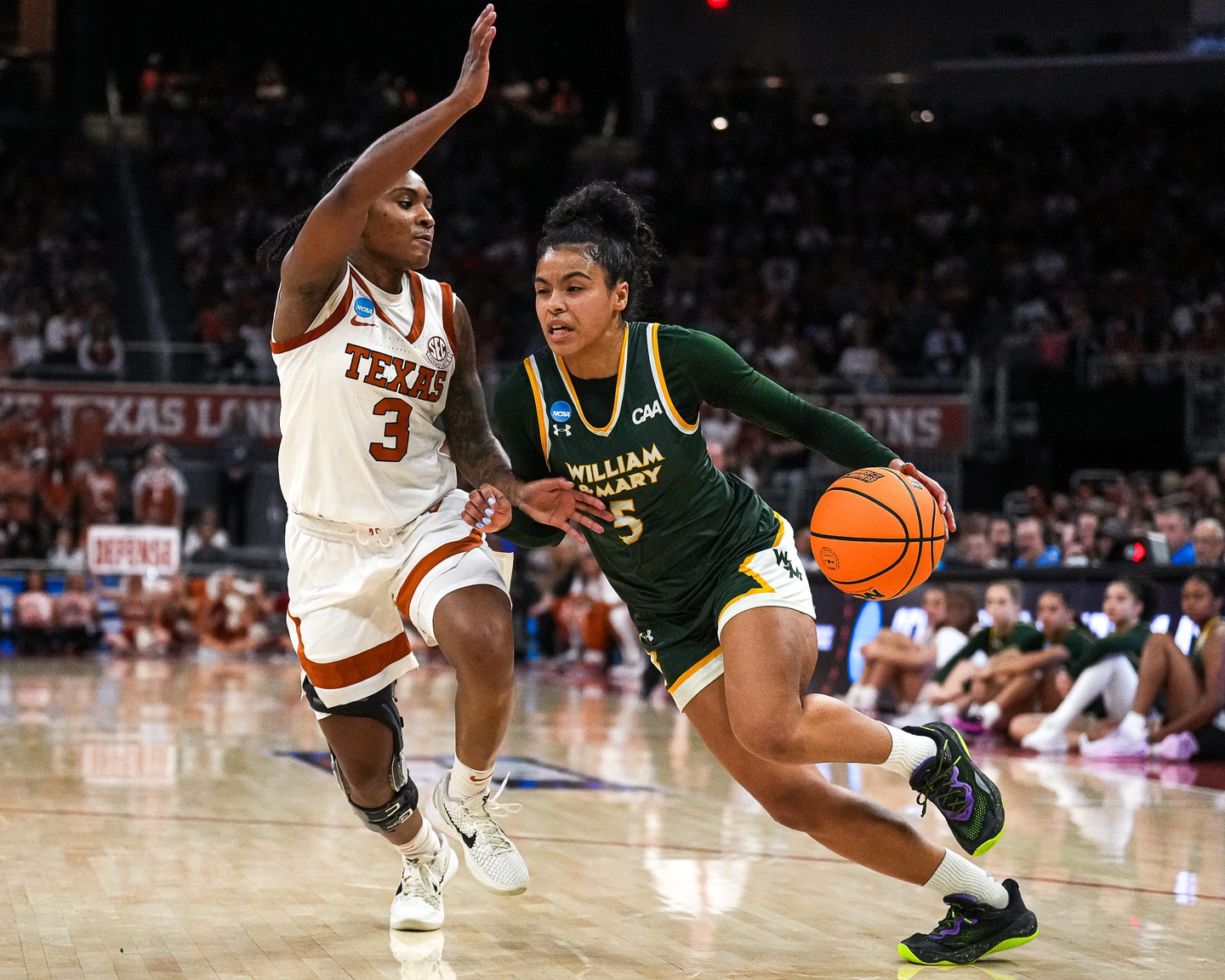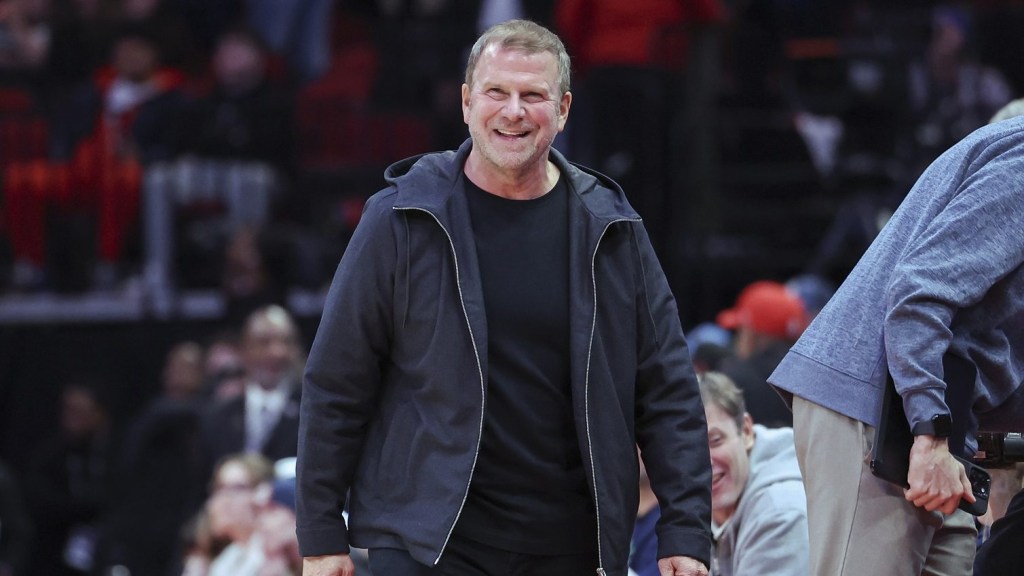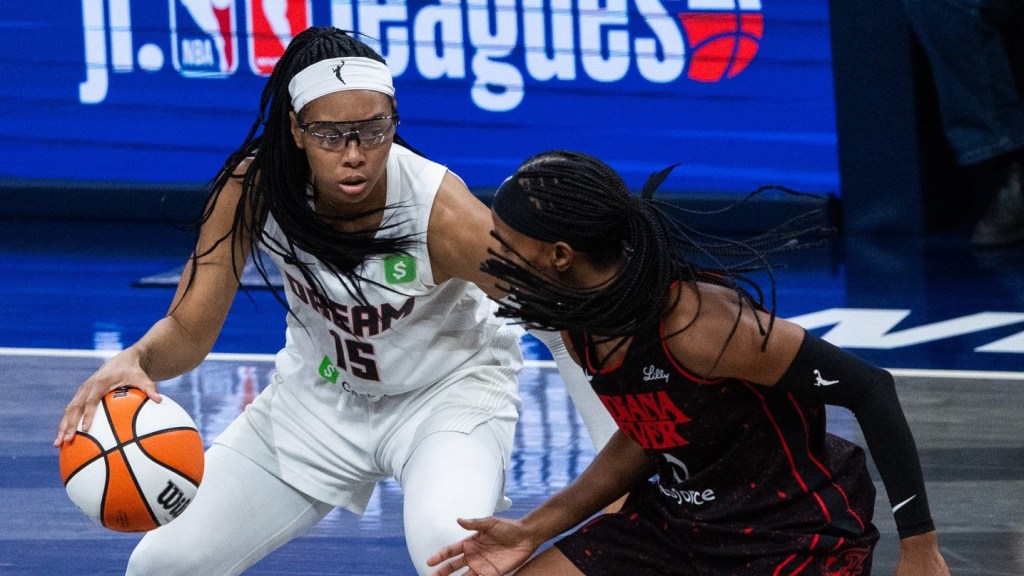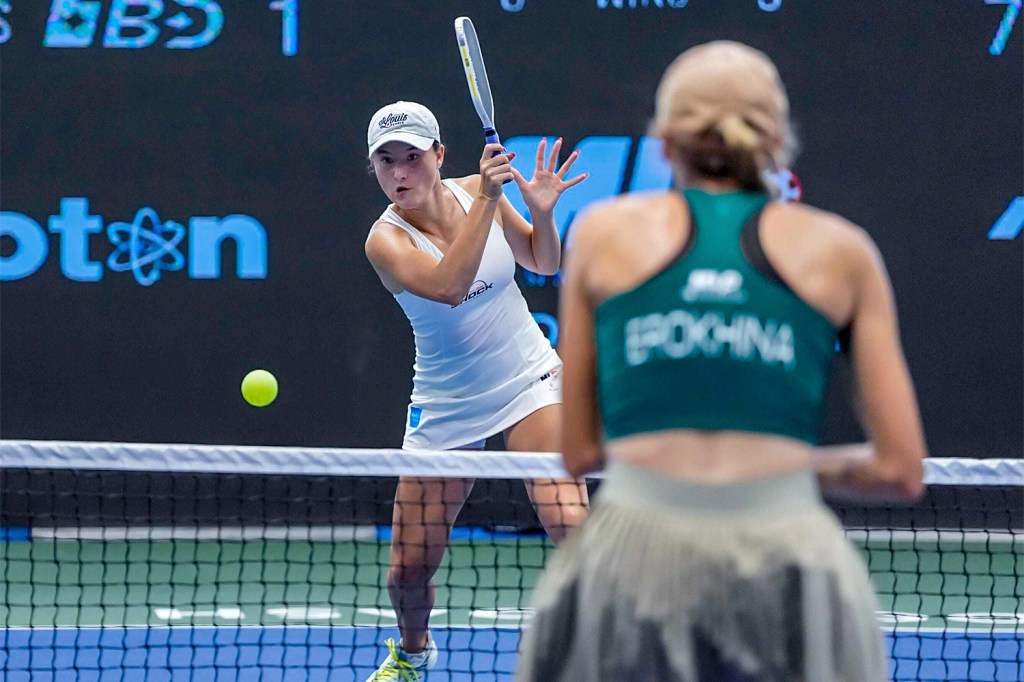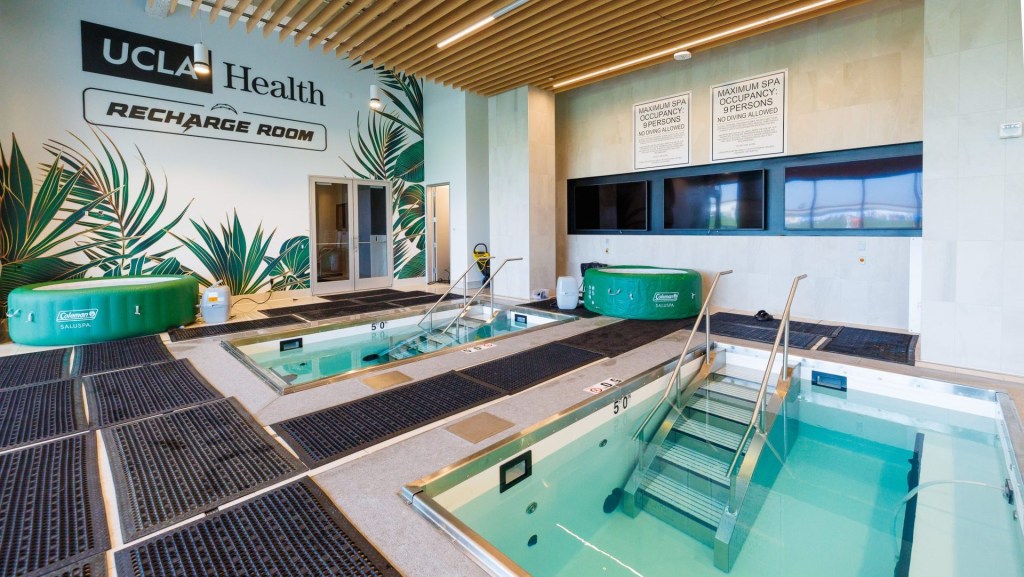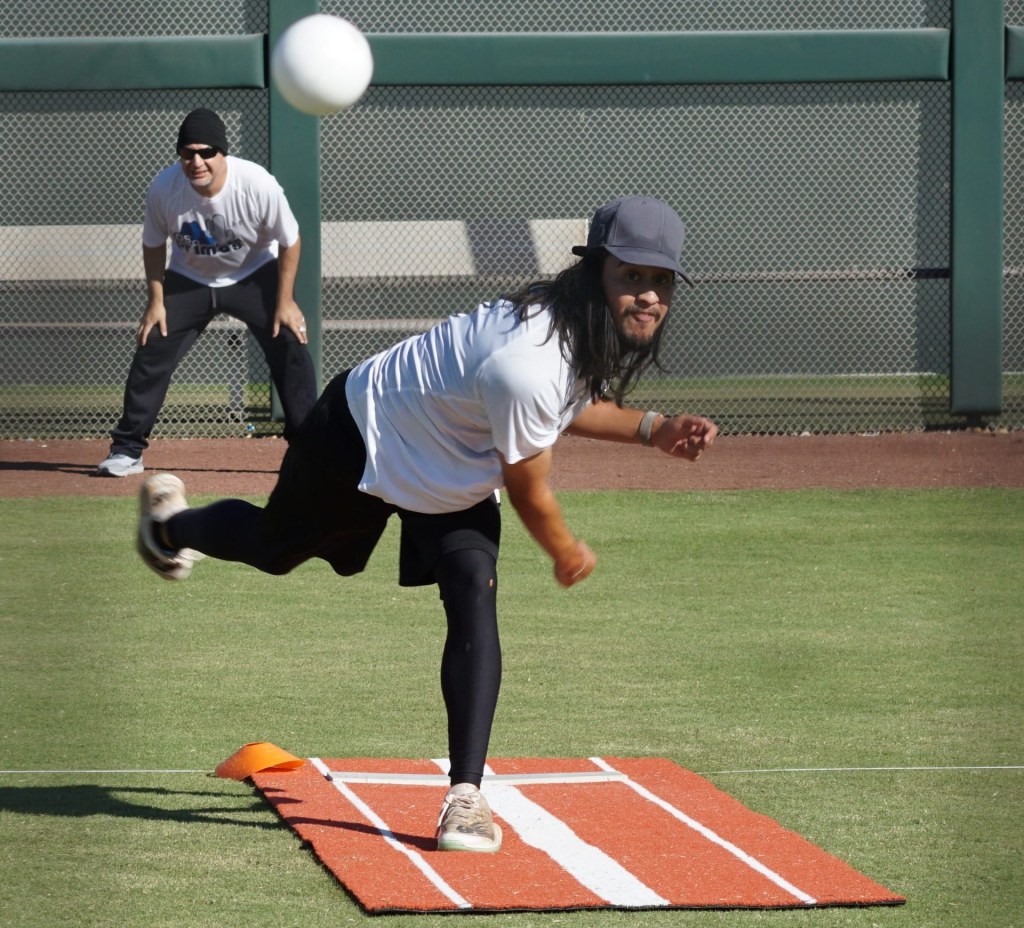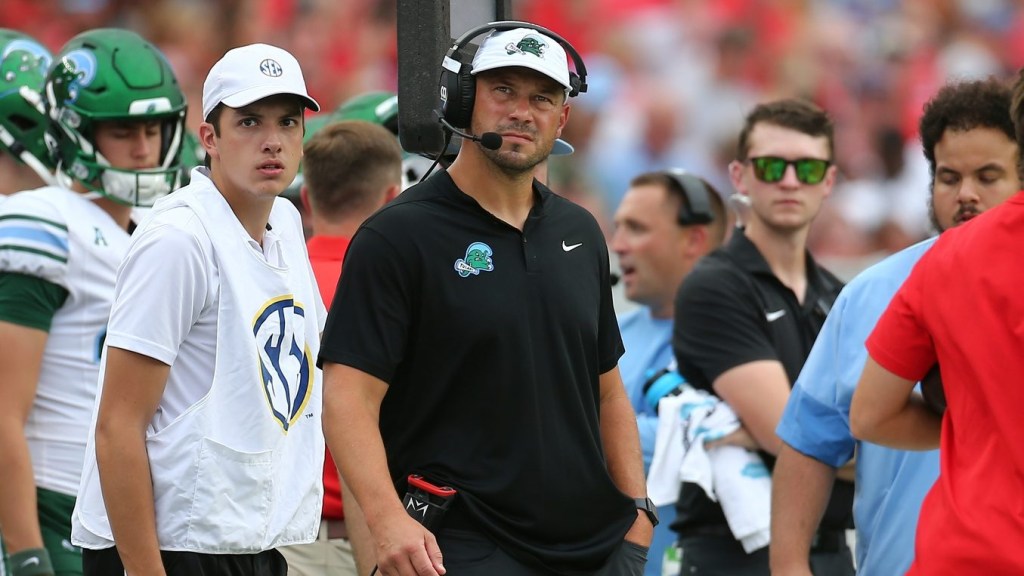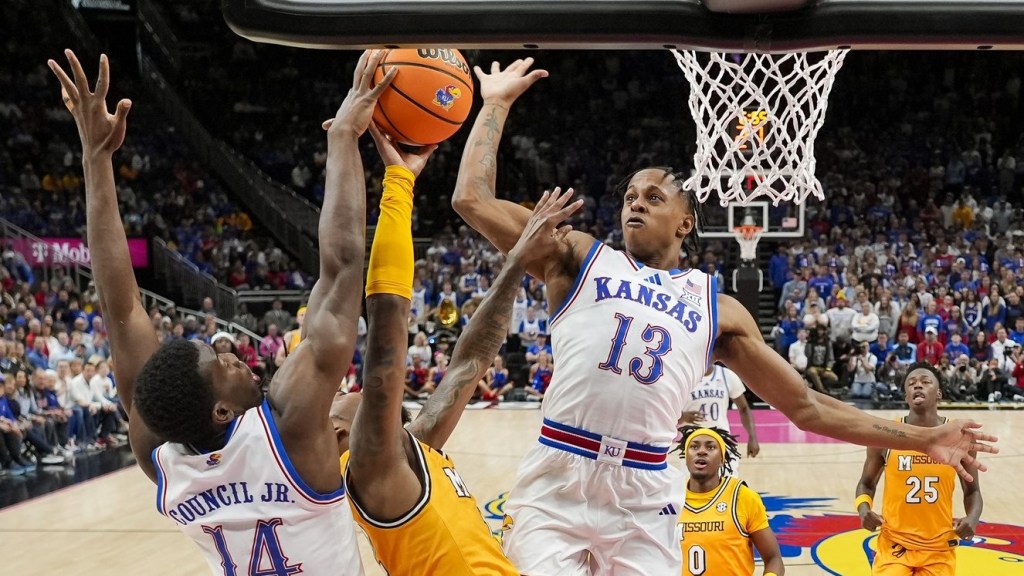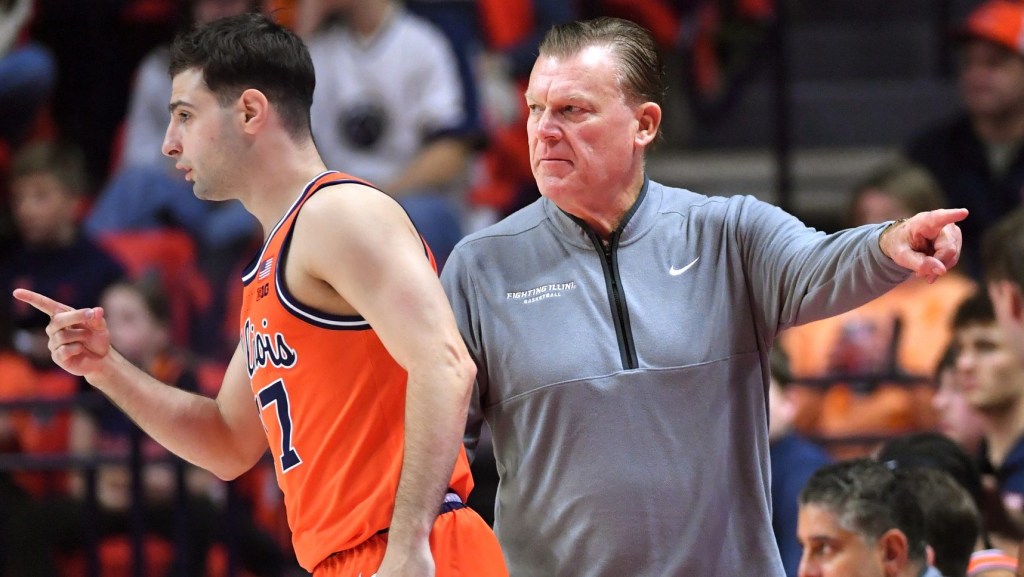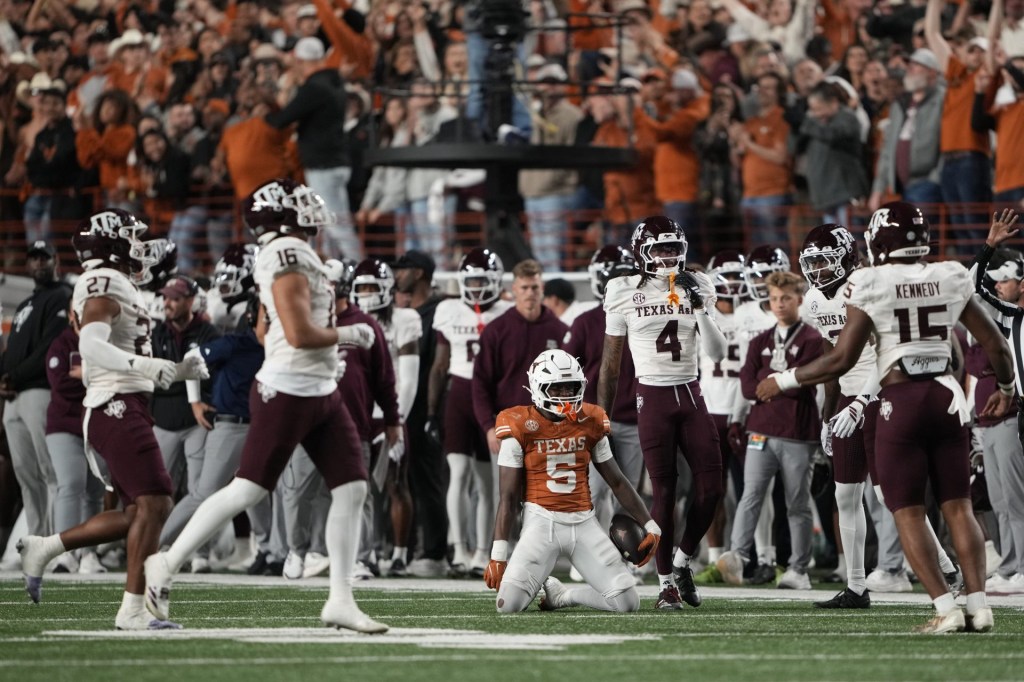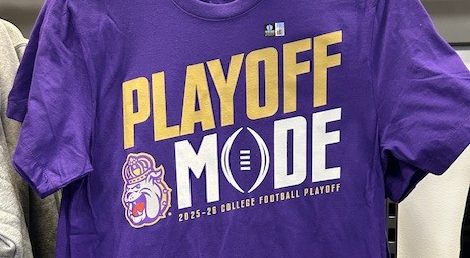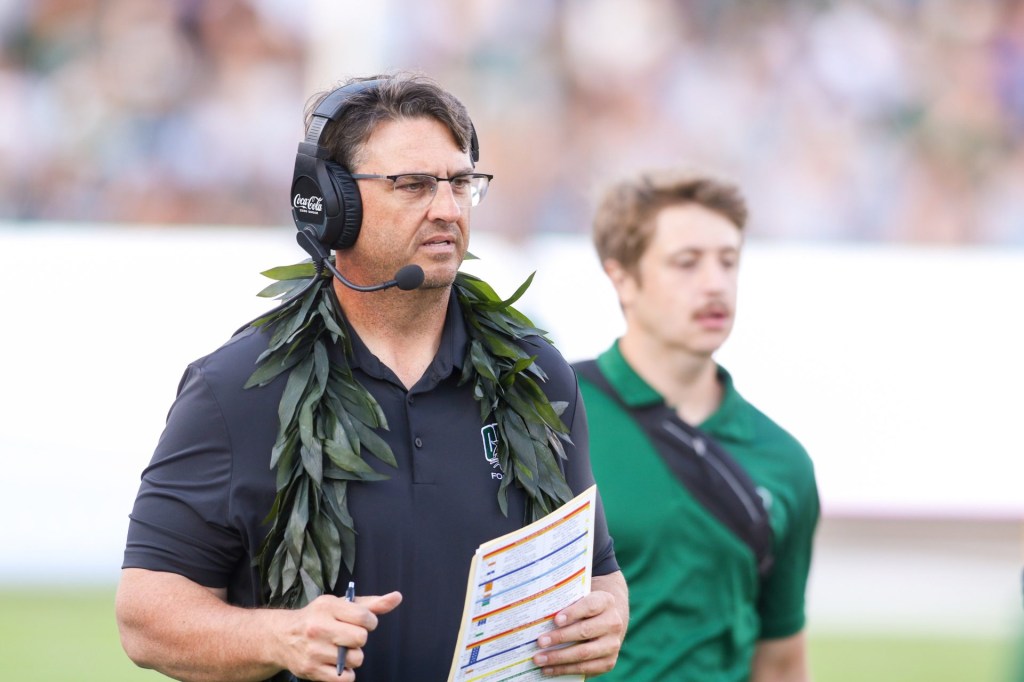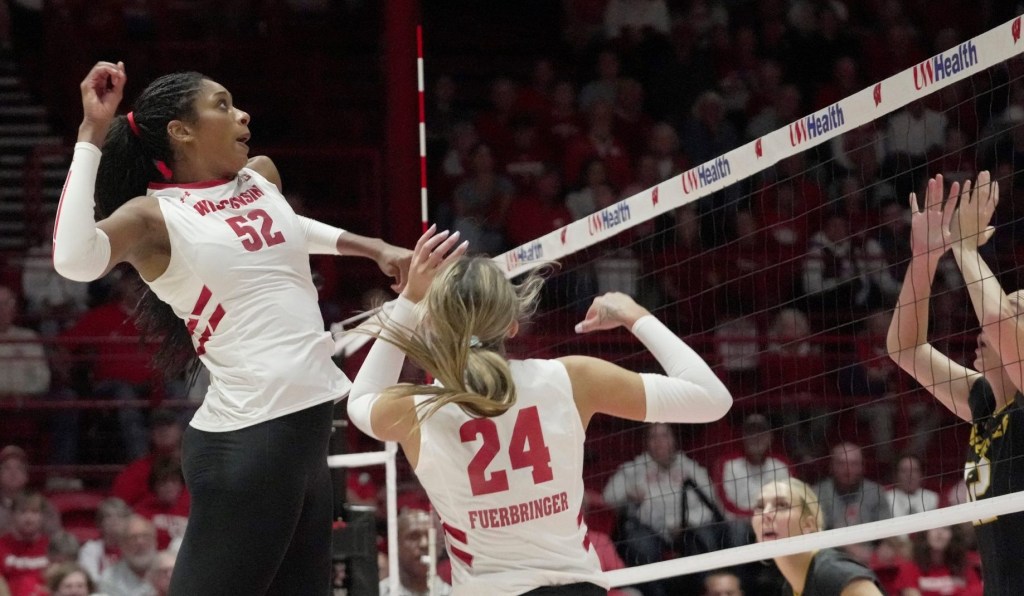William & Mary went into March as the last original Division I basketball school from the 1938–1939 season—the first year of the NCAA Tournament—to have never made it to either Big Dance.
It ended the month off of it—with a payday incoming.
The Tribe made their first ever women’s tournament by winning the Coastal Athletic Association Tournament with four wins in four days and then beat High Point 69–63 in the Play In Tournament before falling to top-seeded Texas in the first round.
Now for the payday. The Tribe’s run came during the first year of NCAA women’s tournament paying conferences $15 million total in “units” for sending multiple teams to the bracket, a practice long done on the men’s side. The Tribe were the lone CAA team to make the tournament, which limited the money the school could get. For this year’s women’s tournament, each unit is worth roughly $113,000. The CAA will get two units totaling $226,000 for the two games the Tribe played in. The conference will then determine how the money gets split up among its 14 members and is paid out annually over three years.
“As a conference we haven’t voted as to how we’re going to handle that,” William & Mary AD Brian Mann told Front Office Sports. “But I think my vote just shifted to 100% going to the school that secured the unit.”
William & Mary, located in Williamsburg, Va., is the second-oldest university in the country; it was founded in 1693 and is named after British royalty of that time. The school is more famous for academics than athletics. Former presidents Thomas Jefferson, James Monroe, and John Tyler are all alumni, and its most famous athletes aren’t known for their on-field careers. Political pundit and comedian Jon Stewart played soccer for the Tribe, while NFL coaches Mike Tomlin (Steelers) and Sean McDermott (Bills) were football teammates in the 1990s.
Mann said the school isn’t used to Cinderella stories, which is why the success of the women’s team galvanized the donor base in ways he hasn’t seen since joining the department from Cal Berkeley in 2021. While celebrating the CAA championship at CareFirst Arena in Washington, D.C., Mann got a congratulatory text from McDermott, which showed him how plugged in the school’s biggest alumni were to the run.
While Mann isn’t sure of the exact amount the unit will pay the school, he’s already seen the effects of what the run is doing to the Tribe’s finances.
“I think there’s a lot more impact to be realized,” Mann told FOS. “In a typical year we have somewhere between 50 and 60 people that donate to our women’s basketball program and we’re already up to over 200. And that’s from all over our alumni base who want to support what happened.”
Mann said William & Mary plans to opt into the House v. NCAA settlement in 2026, giving the department a year to figure out how fair market value and Title IX factor into the athletic department’s future. Having extra money from the unit is what Mann calls an “added bonus” as he tries to navigate the small school into the new age of college sports.
“We would have celebrated this the same way without a unit being a part of it,” Mann said. “Those are the kinds of funds that we’re going to invest right back in that program. We’re going to make sure student athletes feel the benefit.”
William & Mary isn’t the only academic school feeling the unit love in its first year. The Ivy League was a three-bid league with Columbia, Princeton, and Harvard all getting into the tournament, giving the conference approximately $452,000 to split among its members over three years.
